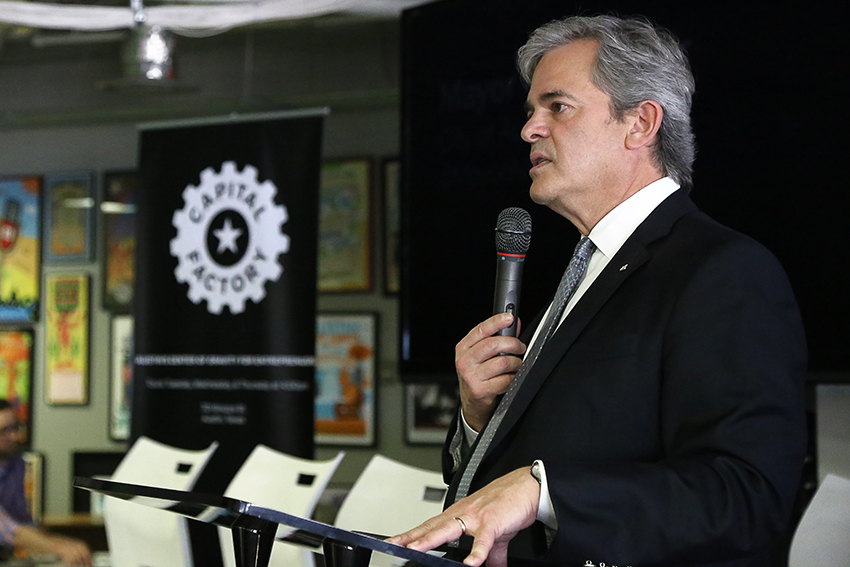CodeNext sounds like a business major’s presentation on innovative language in the workplace, but it’s actually Austin’s shiny new “initiative to rewrite our outdated and complicated Land Development Code,” according to the city’s official website.
There’s no doubt restructuring our land development code is an important effort, but there’s also reason to be wary of the execution of this project. “I think the key thing that students should care about is the new zoning map coming out April 18. That is going to tell us if it truly helps students and the city,” wrote Aaron Arnett, co-director for Student Government’s City Relations Agency, in an email.
Although subject to change, when last presented CodeNext was divided into two general parts: transect for urban areas, think high-density with possible mixed use space, and non-transect for suburban and rural areas. The decisions made on the April 18 map will determine what parts of the city will face certain types of development.
The new zoning map will determine whether an initial unofficial prediction from the Mayor’s Task Force on Institutional Racism calling CodeNext “the most recent tool of institutionalized racism,” will come true.
In the last two decades, East Austin has faced a sweep of aggressively modern development. The development of East Austin has been a physical and cultural take over, an urban colonization. While it is too early to tell whether CodeNext will aid this harmful trend, those interested in Austin’s authenticity should have their heads up.
The most important element to preserving East Austin neighborhoods will be the ability for the city to expand elsewhere, which will be determined by CodeNext. It is time for West Austin to bear the burden of growth — beyond traffic. Zoning more of West Austin for development would also build diversity of culture, something Old Austin was lacking in.
Some argue the solution is preservation, and certain parts of East Austin are historical and deserve to be protected. But declaring more historical districts will drive up price and demand for those areas which could cause almost identical demographic changes as continuing a policy of new development.
While development does have its upsides, the economic force has pushed traditional residents of East Austin out of their homes, and is leeching Austin’s black culture away from it’s roots. Since 2014, Austin has been the only growing city in the country with a shrinking African-American population.
“They don’t want us to have the loud music, the worshiping hours, so it’s time that we should move,” said Pastor Clarence Jones to KUT News, explaining the decision to move the traditionally black, Greater Saint John Baptist Church out of East Austin to Manor.
This is an area where the voices of UT students could help shape the future. “I think Student Government City Relations can have a positive effect on that input by talking to council members about our desired changes. The difficulty is that some neighborhood groups, which are powerful in Austin, might have different agendas,” Arnett wrote.
Every city has growing pains, and Austin’s reluctance to recognize its growth early on has made ours all the worse. While there will have to be compromises, there is a right way to move forward and develop in places that can handle development. And there’s still time to protect the neighborhoods and spaces that made Austin itself in the first place.
MacLean is an advertising and geography sophomore from Austin. She is a senior columnist. Follow her on Twitter @maclean_josie.





















